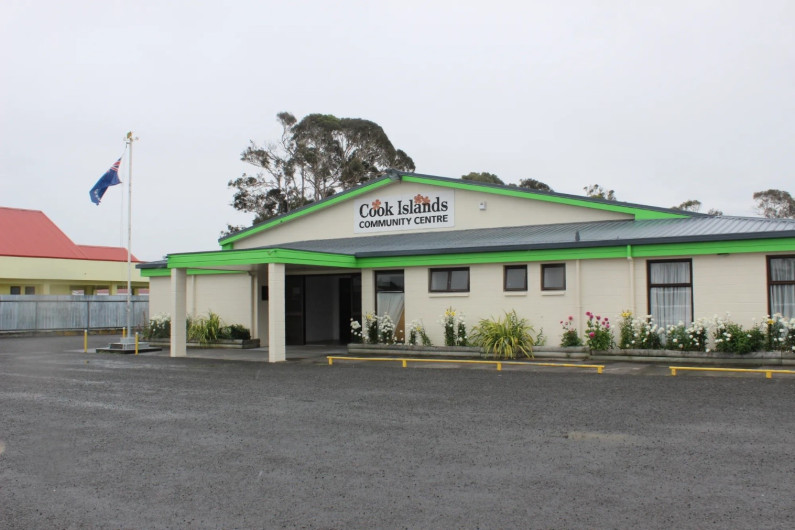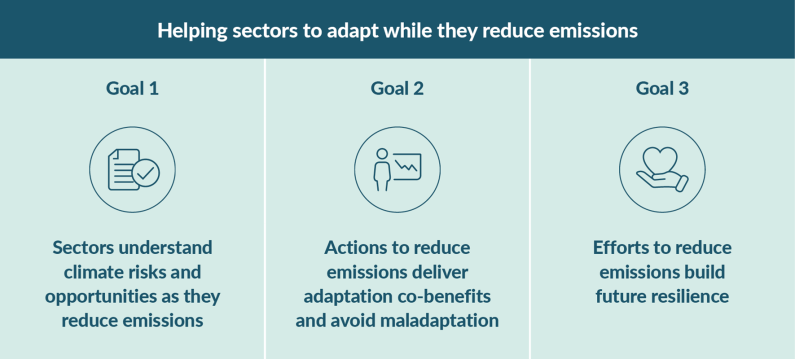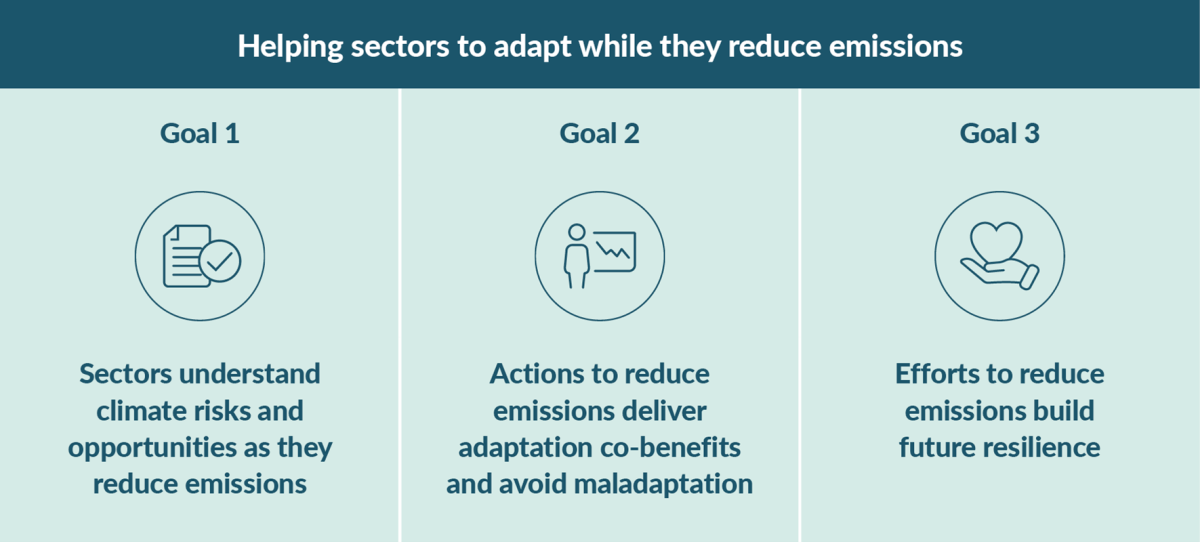Businesses, communities and households in the transition Ngā pakihi, ngā hapori me ngā wharenoho i te whakaumutanga


This section outlines the expected impacts of the second emissions reduction plan on different groups of New Zealanders and sets out government support to mitigate these.
|
Addressing the impacts of climate mitigation policy |
|
|---|---|
| Lead Minister |
|
| Why addressing the impacts of climate mitigation policy is important |
|
| Key actions and policies |
|
Meeting New Zealand’s climate targets will involve businesses, communities and households in making different choices about how they trade, work and live. These choices will create benefits for New Zealanders, including new, low-emissions jobs and business opportunities.
In addition, meeting targets is expected to have additional benefits from the avoided loss of international reputation that could result in trade impacts in key export markets. The benefits are difficult to quantify but are likely to be widely distributed. In this chapter we focus just on the distribution of the costs.
We have analysed the expected impacts of the second emissions reduction plan (ERP2) for different groups of New Zealanders. This was informed by modelling, qualitative analysis by government agencies, and public feedback during consultation. It shows that:
Table 14.1 shows the expected impact on the cost of living for households with different income levels, before and under ERP2.

|
Annual expenditure in 2030* |
||||
|---|---|---|---|---|
| Household income type |
Before ERP2** |
Under ERP2*** |
||
| Expenditure (in 2024 dollar terms) | As % of annual household income | Expenditure (in 2024 dollar terms) | As % of annual household income | |
| Average | $585 | 0.6% | $705 | 0.7% |
| Lowest (deciles 1 and 2) | $310–335 | 0.9–1.2% | $370–400 | 1.0–1.4% |
| Highest (deciles 9 and 10) | $840–975 | 0.4% | $1,010–1,175 | 0.5% |
* This estimates the amount of annual household expenditure on New Zealand Emissions Trading Scheme prices that are included in the cost of other goods and services, mostly fuel and electricity.
** Based on the impact of emissions reduction policies in place before the introduction of ERP2.
*** Based on the impact of emissions reduction policies introduced through ERP2.
The modelling:
Table 14.2 summarises the impacts that emerged from our analysis. For full analysis, see the technical annex.
| Group affected | Impact |
| Households |
|
| Employees and employers |
|
| Regions |
|
| Iwi and Māori |
|
| Youth |
|
Note: GDP = general domestic product.
Our efforts to minimise the costs of climate action to New Zealanders mean that existing, funded support measures are able to reduce impacts on those who are affected. Listed below, they give people options to manage the disruptions and changes stemming from Government policies to reduce emissions.
We are focused on reducing the impacts on the cost of living and have already taken several actions to ease this. Through Budget 2024, proceeds of the auction of New Zealand Units have been returned to low- and middle-income households as part of the adjustment to income tax brackets. We are also supporting families with young children through the FamilyBoost tax rebate.
The commitment to cost-effective climate policy will ensure every dollar spent has the maximum possible impact. However, we know that impacts are uncertain and may emerge over time. We will continue to monitor them and respond with further support when necessary.
Financial support will benefit all groups. Existing government financial assistance and the income support system (including the Winter Energy Payment) will help New Zealanders who are facing higher costs or employment challenges related to emissions reduction efforts.
Many of these supports are indexed to the consumer price index. As the cost of goods and services increases, some benefits will increase as well. This will further offset financial impacts for lower-income households.
The Government’s ‘climate dividend’ tax relief began in 2024. It is returning money from New Zealand Emissions Trading Scheme (NZ ETS) revenue to New Zealanders to meet rising costs, including from mitigation. While all taxpayers benefit from this, it will bring extra relief to those who are likely to face the greatest additional costs.
Several supports are available for employers or employees looking to re-skill or up-skill to respond to mitigation efforts. These include a range of government employment services available through the Ministry for Social Development and Apprenticeship Boost, which provides financial aid for employers to take on and retain apprentices.
Employees will have pathways to retrain if changes lead to fewer jobs in their line of work. Employers will have greater access to needed skills and be supported to provide training for potential workers. Retraining support will be particularly important for people in the regions and Māori, as they may be more at risk of disruptions to employment.
The Government’s Climate Data Initiative, currently under development, will equip New Zealanders with data and tools related to climate mitigation. This will give people and businesses the information they need to decide on a way to manage the economic and social effects of climate policies.
The Māori Climate Platform will focus on investing in Māori-led climate action to ensure whānau, hapū and iwi are at the forefront of the Government’s climate response. Chapter 15 has more information on how the impacts on Māori will be lessened.
The Government also supports Māori through programmes such as the Māori Agribusiness Extension Programme and Māori-led approaches to reducing biological emissions. These programmes support Māori agribusinesses to:
Some of the largest distributional risks we can see are caused by conversions from farmland to forestry. These will impact regional communities, Māori and agricultural manufacturing. We have taken steps to reduce these impacts by:
See chapter 10 and chapter 11 for more detail.
28 Including investing in the Centre for Climate Action on Agricultural Emissions, support for the Global Research Alliance on Agricultural Greenhouse Gases and funding through the Sustainable Food and Fibre Futures Fund.
Chapter at a glance
Mitigating impacts with Māori |
|
|---|---|
| Lead Minister |
|
| Why mitigating impacts with Māori is important |
|
Key actions and policies |
|
As New Zealand reduces emissions, the Government and Māori will need to work together to address risks and realise opportunities for the Māori economy. Chapter 14 describes the specific impacts of climate policies on Māori.
This chapter outlines the Government’s plan to:
Four principles guide the implementation of the plan.
The Government is continuing the Māori Climate Platform as a place to foster partnership and support Māori-led climate action. It focuses on enabling outcomes in key areas such as resilience, renewable energy, sustainable land use and nature-based solutions. These projects can be designed to mitigate climate impacts on Māori communities, while aligning with the Climate Strategy.
The second emissions reduction plan supports Māori-led initiatives through the Māori Climate Platform, which drives:
Mitigation of adverse climate impacts is a key aspect of the Ministry for the Environment and Pou Take Āhuarangi29 joint work programme. Pou Take Āhuarangi have conducted a comprehensive adaptation risk stocktake, assessing vulnerabilities across 1,062 marae and identifying high-risk sites affected by climate impacts such as flooding and coastal erosion.
The joint work programme has also piloted focused climate risk assessments for marae. This work has highlighted immediate action pathways, including infrastructure upgrades like flood defences and water storage.
These efforts build our understanding of the spectrum of needs within Māori communities and support targeted mitigation work and resilience planning for marae under climate pressure.
29 Te Pou Take Āhuarangi is the climate group (pou) within the National Iwi Chairs Forum.
Chapter at a glance
Helping sectors to adapt while they reduce emissions |
|
|---|---|
| Lead Minister |
|
| Why this is important for sectors |
|
| Key actions and policies |
|
New Zealand must take action to adapt to the impacts of climate change. If sectors do not consider the risks and manage the impacts, they will become less efficient over time, and this will affect their ability to reduce their emissions.
The Government has several existing initiatives to support sectors to adapt, including those described below.
The first national adaptation plan (NAP1) aims to help New Zealand prepare for the impacts of climate change. It has four priority areas for adapting by 2028, and addresses the priority risks identified in the first National Climate Change Risk Assessment.30
Work is underway on the adaptation framework, which is expected to:
Sectors also have a responsibility to ensure they are resilient and can adapt. There are initiatives across the private sector to raise understanding of climate risks, impacts and ways to manage them. For example, The Aotearoa Circle has worked with many sectors on sector-level analysis to develop climate change scenarios as part of its climate-related disclosures. For some sectors, the scenarios have informed adaptation pathways.
Some businesses are already assessing risks and opportunities for their own operations, and managing them, but others will need more support.
30 Under the Climate Change Response Act 2002, the Government must publish a national adaptation plan (NAP) to set out how it will address the most significant risks identified in the National Climate Change Risk Assessment (NCCRA). NAP1 was published in 2022, and each NAP must be published within two years of the latest NCCRA. The next NCCRA is due in 2026.
The Community Renewable Energy Fund, administered by the Ministry of Business, Innovation and Employment, is funding the installation of solar photovoltaic (PV) and battery systems on community buildings to reduce emissions and enhance resilience.
This fund aims to improve the capacity of community halls, marae, church buildings and schools to operate during and after civil emergencies. For example, many community halls and marae in areas affected by Cyclone Gabrielle played a critical role in the civil defence response. They opened their doors to the people in their community, providing them with temporary shelter and allowing evacuation to be done safely.
One of the sites that has benefited from the fund is the Cook Islands Community (CIC) Hall in Flaxmere. It received funding to install a 30.25-kilowatt solar PV array on the roof, to improve the electrical switchboard and to integrate a 32.8 kilowatt-hour battery system. This will help keep the lights on and the kitchen operating if electricity from the network is interrupted.
The solar PV system is expected to generate about 36,000 kilowatt hours of electricity each year. This will reduce the amount of electricity the CIC Hall will need to buy from the grid.
The CIC Hall is at the centre of the Hawkes Bay’s Cook Islands community and hosts visitors and supports cultural events, wedding celebrations, birthdays and wakes. Through its kitchen and umu, it caters for hundreds of people. For example, during Cyclone Gabrielle, it hosted and fed (with help from the local community) about 150 seasonal workers rescued from the flood waters until alternative accommodation could be found.

Image: Cook Islands Community Hall in Flaxmere.
While both Government and private sector initiatives are supporting sectors to adapt, sectors need to do additional work when reducing emissions. This includes:
To support sectors to adapt while they reduce emissions, the second emissions reduction plan (ERP2) has three adaptation goals (figure 16.1).31
31 Under the Climate Change Response Act 2002, emissions reduction plans must outline how the Government will improve the ability of sectors to adapt while they reduce their emissions.


Lack of awareness, education, tools and methods to manage climate impacts is affecting the ability of sectors to make risk-informed decisions. In some cases, sectors are continuing development in high-risk areas, without plans to manage that risk. Limited access to resources and expertise is limiting sectors’ ability to take action.32
We are supporting sectors to understand climate risks and opportunities by developing data, information and guidance. This will be addressed in part by NAP1. The adaptation framework is also considering the availability of and access to risk information to improve the information flow, which will have benefits for wider economic sectors.
New national direction instruments under the Resource Management 1991 may also play a role in supporting consistent risk management across the country.
Sectors will be able to make risk-informed decisions about where to locate infrastructure, assets and services, and how to manage exposure and vulnerability to climate impacts. This can help to improve the resilience of infrastructure and communities (pillar 1) and support energy security (pillar 3). Sectors will also have a better understanding of the many benefits from nature-based solutions (pillar 5).
32 Ministry for the Environment. 2024. Adaptation preparedness: 2024 update – A summary of responses to the second information request from reporting organisations under the Climate Change Response (Zero Carbon) Amendment Act 2019. Wellington: Ministry for the Environment.
How sectors reduce emissions can create positive effects (co-benefits) or negative effects (maladaptation) on their ability to adapt. For example, nature-based solutions, such as wetland restoration and mangrove protection, can help manage the impacts from sea-level rise. On the other hand, exotic forest plantations, if not well managed, could pose an increased wildfire risk.
Existing reporting on adaptation preparedness and mandatory climate-related disclosures can help sectors to better align their emissions-reduction initiatives to support adaptation and resilience.
Emissions reduction initiatives must be resilient to future climate impacts. However, the cost of upgrading infrastructure, adaptation planning and recovery work can make this challenging. We are seeking to clarify cost-sharing, investment, and roles and responsibilities through the NAP1 and adaptation framework. New national direction on managing natural hazards and changes to land-use planning also seeks to support sectors’ growth and development, while ensuring their resilience to future challenges.

Businesses, communities and households in the transition Ngā pakihi, ngā hapori me ngā wharenoho i te whakaumutanga
December 2024
© Ministry for the Environment